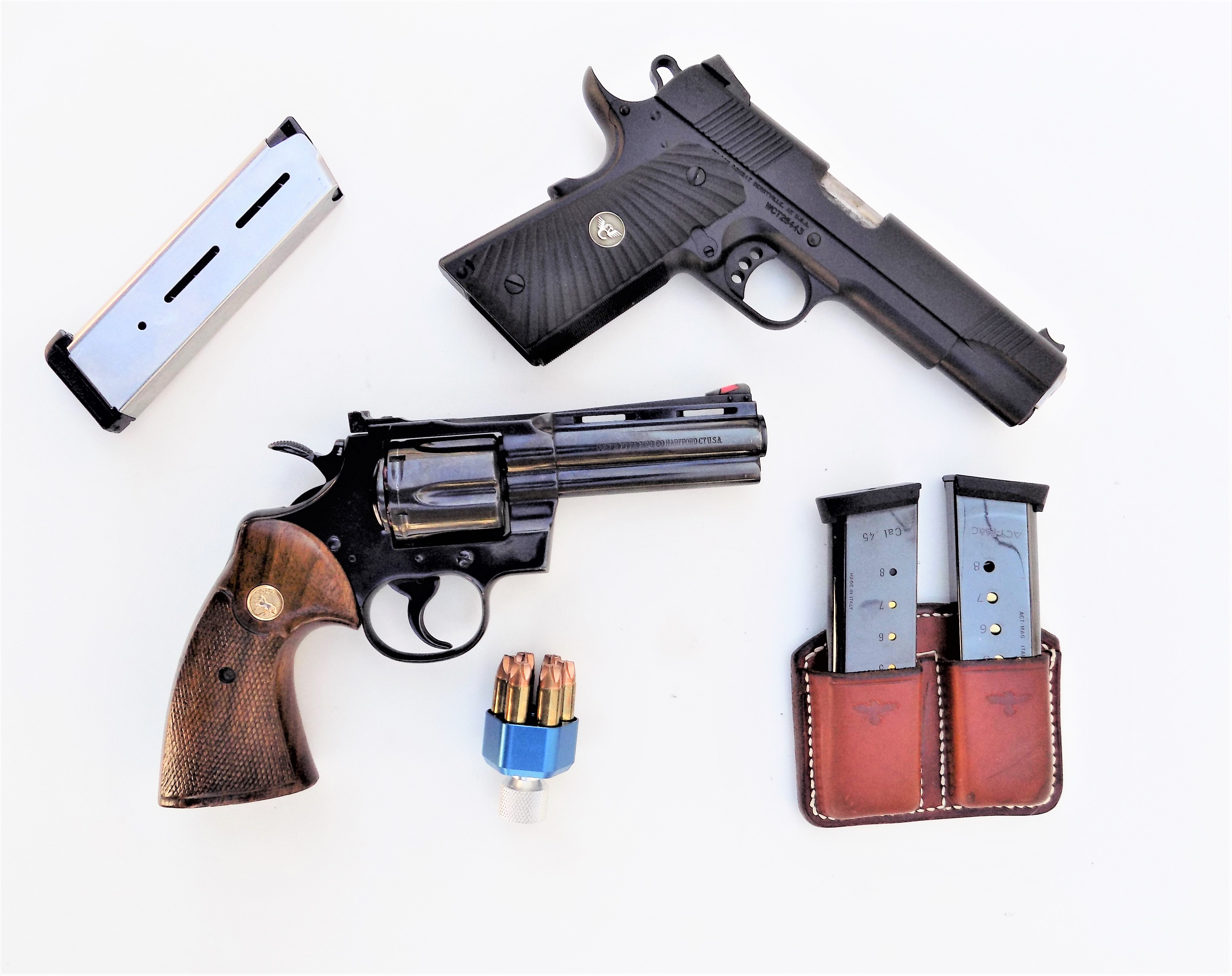Here is an article that we have talked about on here in several threads, is it safe to carry a loaded handgun

 blog.cheaperthandirt.com
blog.cheaperthandirt.com

Is It Safe to Carry a Handgun Fully Loaded? - The Shooter's Log
One of the most frequently asked questions about carrying is whether it's safe to carry a handgun fully loaded. We'll cover what you should know right here.
 blog.cheaperthandirt.com
blog.cheaperthandirt.com
